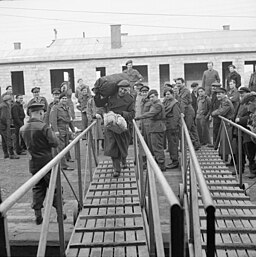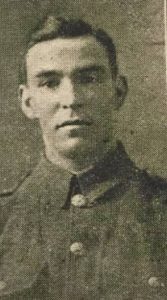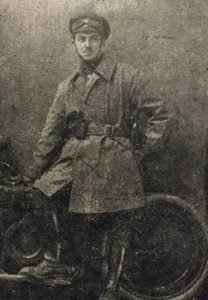In preparation for war, the Auxiliary Fire Service was established in the United Kingdom in 1938 to supplement the many individual peacetime fire fighters. The AFS had their own often rapidly-constructed or requisitioned stations, or added their own services to existing stations.
The NFS was created in August 1941 by the amalgamation of the wartime national Auxiliary Fire Service (AFS) and the local authority fire brigades (about 1,600 of them). It existed until 1948, when it was again split by the Fire Services Act 1947, with fire services reverting to local authority control, although this time there were far fewer brigades, with only one per county and county borough.
At its peak the NFS had 370,000 personnel (both full-time and part-time members) of which 80,000 were women.
The NFS was divided into about forty Fire Forces, which were subdivided into Divisions. Each N.F.S Fire Force was given a number. This report, which featured in the Bromley & District Times on 30th June 1944, mentions the No. 37 Fire Force Area. This was the London (Eltham) area.
Firemen’s War Work
Firemen in No 37 Fire Force Area are playing their part in ensuring a continuous supply of war material to our Forces in the various war zones.
Latest figures issued by the Area production organiser, Company Officer Rude, show that firemen are increasing their efforts to cope with the additional demands caused by the opening of the Second Front. During last April 59 N.F.S. stations in the Area turned out war material to the value of £2,230; in May work to the value of £3,094 was done.
Man-hours worked show a proportionate increase. Firemen worked 21,710 hours in APrk and 28,510 hours in May on voluntary production work. This represents tremendous saving of time and labour at war factories. out put figures are soaring: in some cases they are doubled.
Firewomen are also playing their part in the drive for increased production. They have their corner in many N.F.S. working shops, and are an important link in the chain of assembly.
Sources: Bromley & District Times and Surrey Fire Museum





